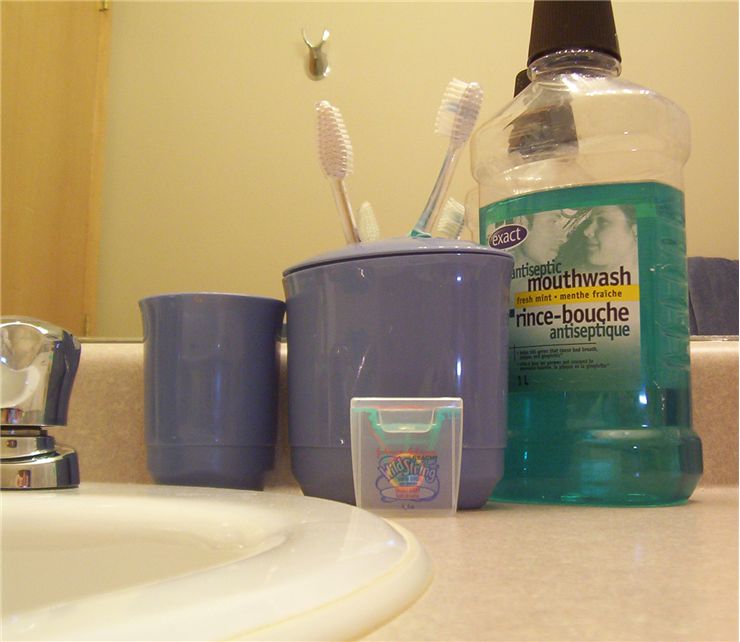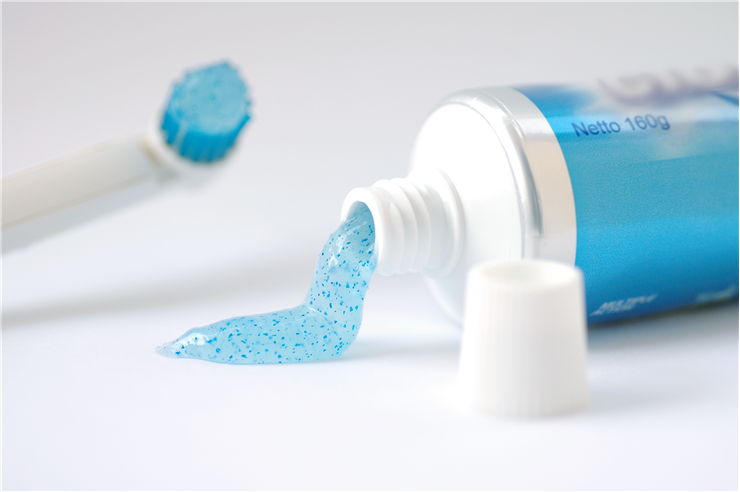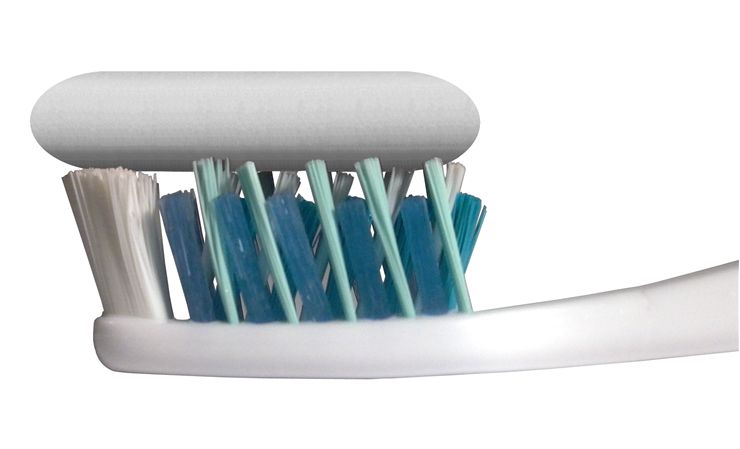Oral Hygiene - History of Dental Hygiene
People practice dental hygiene for some 5000 years. But this practice wasn’t always as we know it today.
Around 3500 BC, ancient Egyptians started using sticks that were frayed at the end, to clean teeth and gum. With it they used powdered mixture consisted of rock salt, mint, and pepper. They also used a sort of toothpaste made from the ashes from burnt goat’s feet. Assyrian cuneiform medical texts from 3000 BC mention procedures for cleaning of teeth. People of that time also used porcupine quills, bird feathers and animal bones for cleaning teeth and in between them. Ancient Greek physician Hippocrates, recommend a dentifrice powder to clean the teeth in 355 BC. Ancient Romans were the first to bring dentifrice powder into wider use. They made it from variety of substances: bones, hoofs, and horns of certain animals, crabs, egg-shells, and the shells of the oyster and the murex. They were made into powder, burnt and mixed with honey, ground myrrh, saltpeter and hartshorn. Donkey’s milk was used as a breath freshener. For cleaning the teeth, ancient Romans used ammonia from human urine as a mouthwash. Arabian surgeon and author Albucasis (936 - 1013) designed a set of 14 scrapers for cleaning the teeth.
The first toothbrushes that resemble today’s, were made in China in 15th century. Earlier ones were made of boar hair for bristles on a bamboo handle but this bristles were too tough and caused bleeding of the gum. They were later replaced with horse hair which was much softer. In 1728, Pierre Fauchard, who is considered as a "father of modern dentistry," in his book Le Chirurgien Dentiste (The Surgical Dentist), didn’t recommend brushing of teeth but rather cleaning the teeth with a toothpick or with a sponge soaked with a mixture of water and brandy. In 18th century, the British made toothpaste of brick dust, crushed china, and nitric acid. Levi Spear Parmley wrote his A Practical Guide to the Management of Teeth in 1819, in which he recommends brushing again but in addition to cleaning the teeth with waxed silk. American Journal of Dental Science in 1845 gives an advice for preventative dental hygiene in the form of cleaning teeth with floss silk two or three times per day. At the same time, toothpaste was made charcoal powder. In 1892, Dr. Washington Sheffield of New London, Connecticut, made the first toothpaste that came from a collapsible tube. Fluoride was first added to toothpastes in 1914.
The first patent for a toothbrush was granted to H. N. Wadsworth in 1857. Invention of nylon in 1937, paved the road for the first toothbrush with nylon bristles in 1938. Celluloid handles replaced handles made from bone, ivory, or wood. The first electric toothbrush, called the Broxodent, appeared in Switzerland in 1954. In the middle of the 80s, Johnson & Johnson, a leading medical-supplies firm, designed the "Reach" toothbrush. It had an angled head, bristles that were closer to each other and longer outer bristles. All this was designed with intent to increase effectiveness of the tooth brush. According to the Lemelson-MIT Invention Index, toothbrush was selected as the number one invention Americans could not live without.


